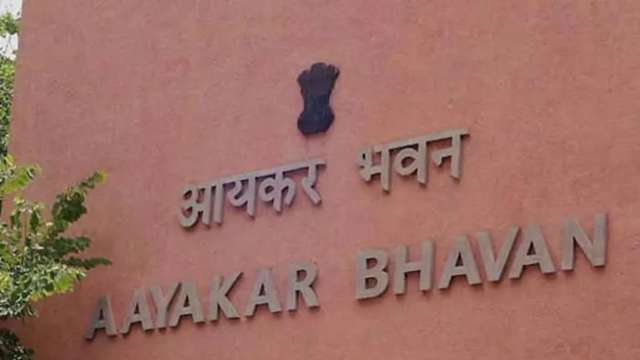If you’re a salaried individual and think the “Advance Tax” provision is not applicable to you, you’re wrong. Advance tax liability may arise for a person having salary as the primary source of income, but also having earning from other sources such as interest from deposits, rental income, capital gains and so on. Let’s look at how you can assess your advance tax liability.
What is advance tax payment?
Advance tax payment is the process of paying tax before the end of the financial year, on income you earned in the same year. Income tax assessees need to estimate their income, compute income-tax liability, and pay the tax in four instalments through the course of the financial year.
Read More: Number of Income Tax Returns, taxpayers increasing in 2022: CBDT Chairman
When does advance tax become due?
Every person whose estimated tax liability for the financial year is Rs 10,000 or more, after taking into consideration tax deducted and collected at source (TDS and TCS), is required to pay advance tax.
“As per section 208 of the Income Tax Act, Individuals who have an estimated tax liability of Rs 10,000 or more in a financial year are liable to pay advance tax. Senior citizens who are more than 60 years of age are exempt from this tax liability, provided they don’t have income from business and profession,” says Deepak Jain, Chief Executive, TaxManager.in.
How is advance tax paid?
Taxpayers are required to pay their annual estimated advance tax liability in four instalments of 15 percent, 45 percent, 75 percent and 100 percent, on or before June 15, September 15, December 15 and March 15, respectively. This effectively means that they pay as they earn. At the same time, the system ensures a steady flow of income tax to the exchequer.
Read More: Income Tax: Why do You Need to File I-T Return? Learn From Saanp Seedi Game; Know More
How do you calculate advance tax liability?
“In the case of salaried individuals, TDS is deducted by the employer on salaried income. However, if the individual has other income such as interest on bank deposits, dividend, capital gains or rental income from house property that has not been declared to the employer, and the tax from such income exceeds Rs 10,000, s/he needs to deposit advance tax,” says Sachin Garg, Partner, Nangia Andersen LLP.
For instance, if you are a salaried individual, your employer is mandatorily required to deduct TDS from your monthly salary according to the income tax slab applicable to you. In case you also have income from other sources, on which your tax liability would be Rs 1 lakh, but only Rs 70,000 has been or is expected to be deducted as TDS, you are left with Rs 30,000 as more tax to pay. Given that Rs 30,000 is higher than the threshold limit of Rs 10,000 above which advance tax liability arises, you have to pay Rs 4,500 (15 percent of Rs 30,000) as advance tax before June 15, the first instalment date.
It is better to disclose all your additional incomes to your employer and let the employer deduct the income tax according to the slab rate applicable to you on a monthly basis. Doing so relieves you from evaluating and paying advance tax. But if you don’t want or are uncomfortable with disclosing your additional income, you must evaluate the tax liability on the additional income and pay the advance tax as stipulated.
If you miss advance tax payments or delay them, there is penal interest on the taxes due, under section 234C, at the rate of 1 percent per month / part of the month.

































